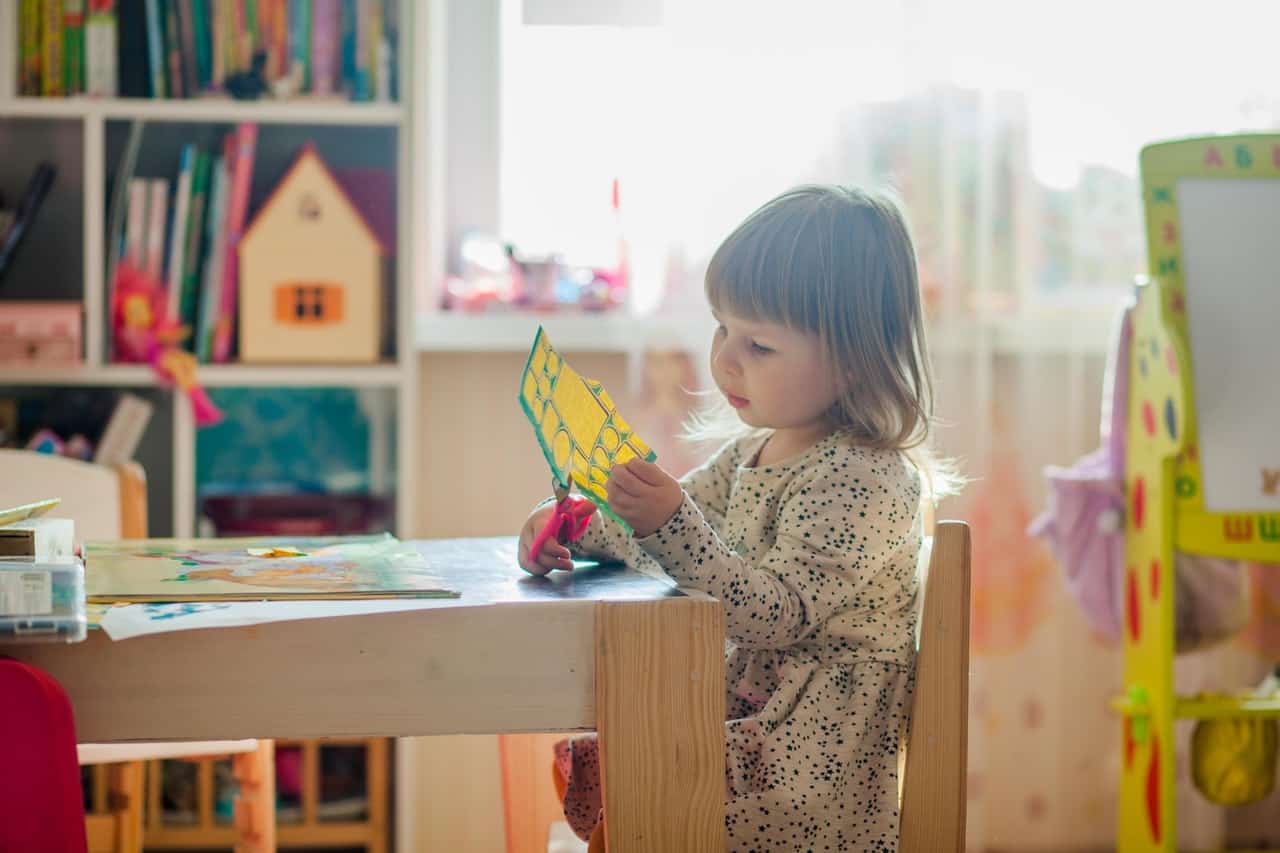Children are miracles, blessings, and also utter and complete handfuls. They require time, energy, love. They may also require you to have the ears of a rabbit, the eyes of a hawk, and the nose of a hound dog. Keeping them safe and out of trouble is no easy task during their early, formative years. Parents can make life a little easier on themselves and a little safer for their children if they choose child-resistant packaging.
Difference Between Child Resistant and Child Proof
Poison control centers, hospitals, and pediatricians alike want to make sure that people know the difference between child-resistant and childproof. They also want to include a very important disclaimer: nothing is every really and truly childproof.
- Child Resistant
Products or services marked as ‘child resistant’ are meant to slow children down in their pursuit of getting into, well, whatever it is they have in their little cross hairs. From candy to mouthwash, to drawers, to refrigerators and everything in between, and, honestly, we do mean everything, and children try to get into it. Child resistant packaging measures are in place to hopefully make enough noise to alert a nearby grown-up to the antics of the little one in question.
Some examples of child-resistant measures include locking drawer pulls or baby gates. Some examples of child-resistant products are push-twisting pill lids or specific food packaging. Even child-resistant sustainable packaging is available, from frozen packaging to standup pouches that can remain unopened until ready to be served.
- Child Proof
Childproof is a more extreme measure of protection. However, worth mentioning again, nothing is ever really and truly child proof. Children have been known to find their way into safe and locked areas and high shelves and sealed bottles that adults struggle to open. It’s one of life’s great mysteries, but we do what we can. Childproof means to do everything possible to make something inaccessible to a child.
Some examples of more severe attempts at childproofing measures include locking something away in a safe with a combination rather than a key. It could mean securing medicines with timers rather than lids or pop-tops. For internet safety, it can mean locking a computer with thumbprints rather than pass codes.
Why Child Resistant Packaging Is Necessary
Keep safety in the forefront of your mind and your house by considering these seven reasons to switch to child-resistant packaging. Child-resistant packaging can:
- Give you more time to reach your child in an emergency.
- Make noise to alert you while your child is trying to open it.
- Also be recyclable or be recycled.
- Reduce your carbon footprint by being sustainably produced.
- Help your child wait between meals.
- Can come in the form of printed mylar bags which help conceal the contents inside.
- Give you just a little more peace of mind knowing you took one extra safety measure.
No packaging is ever really childproof but taking measures to increase your child’s safety is always a smart idea. Rest a little easier by choosing packaging that is more resistant to tiny, curious hands.
